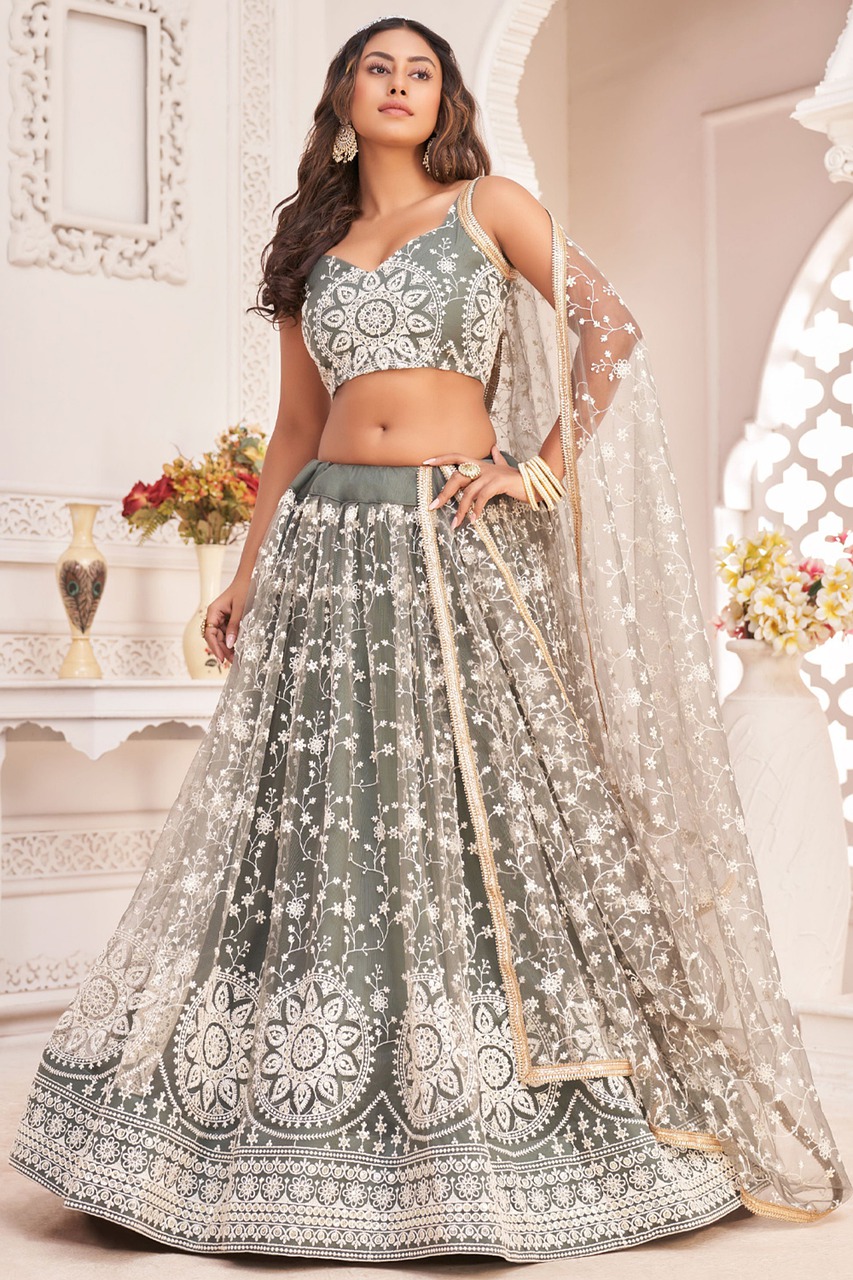Traditional Indian suits, with their intricate designs, rich fabrics, and exquisite craftsmanship, have captivated the world with their timeless beauty. However, these garments often come with a higher price tag compared to their counterparts from other cultures. While the overwhelming price comes at a shock to most, often topping the cost of a western wedding dress. This article will go into the reasons why traditional Indian suits are often considered expensive, shedding light on the factors that contribute to their allure and value. First, lets look at different types of traditional Indian suits.
Types of Traditional Indian Suits
Traditional Indian suits, also known as salwar kameez, are popular attire for women in India and across the Indian subcontinent. They come in various styles, designs, and fabrics, each representing the rich cultural diversity of the region. Here are some examples of traditional Indian suits:
1. Anarkali Suit:
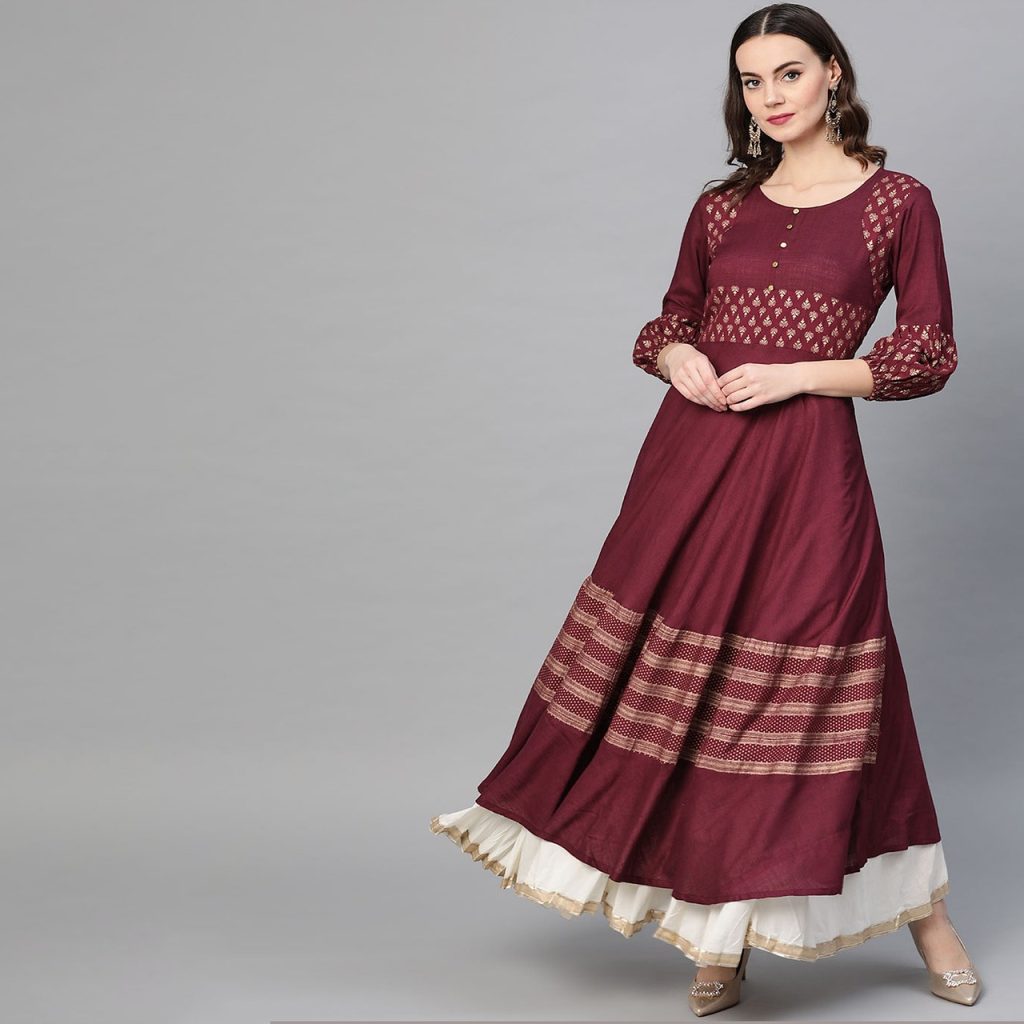
The Anarkali suit is a floor-length, flared outfit with a fitted bodice and flowing silhouette. It is inspired by the Mughal era and is often adorned with intricate embroidery or embellishments.
2. Punjabi Suit:
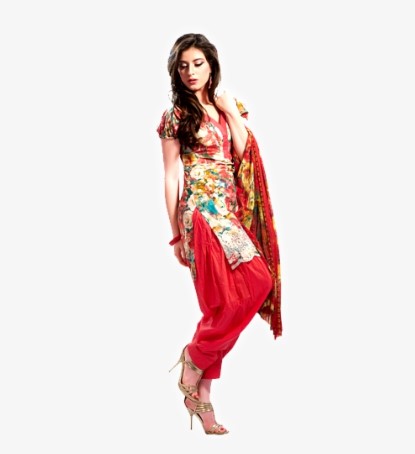
The Punjabi suit, also known as a Patiala suit, is a three-piece outfit consisting of a short, fitted kurta (top), loose salwar (pants), and a dupatta (scarf). The salwar features multiple pleats, giving it a distinctive look.
3. Churidar Suit:

The churidar suit comprises a long, fitted kurta paired with churidar pants. The churidar pants are tight-fitting and gather at the ankles, creating a bunching effect.
4. Lehenga Suit:
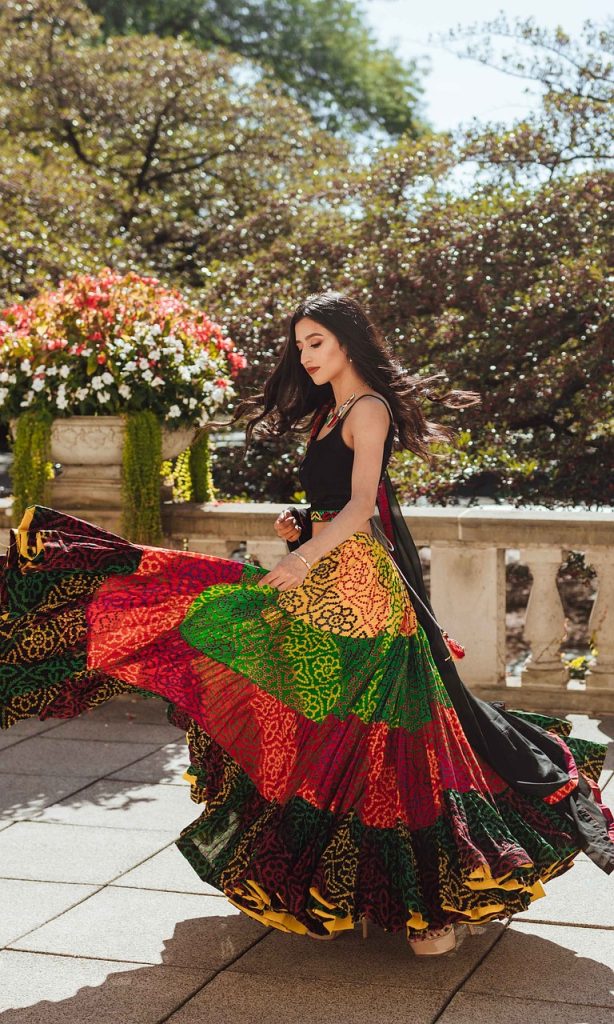
The lehenga suit combines the elegance of a lehenga (skirt) with a matching kurta and dupatta. It is often worn during special occasions and weddings, featuring elaborate embroidery, sequins, or mirror work.
5. Sharara Suit:
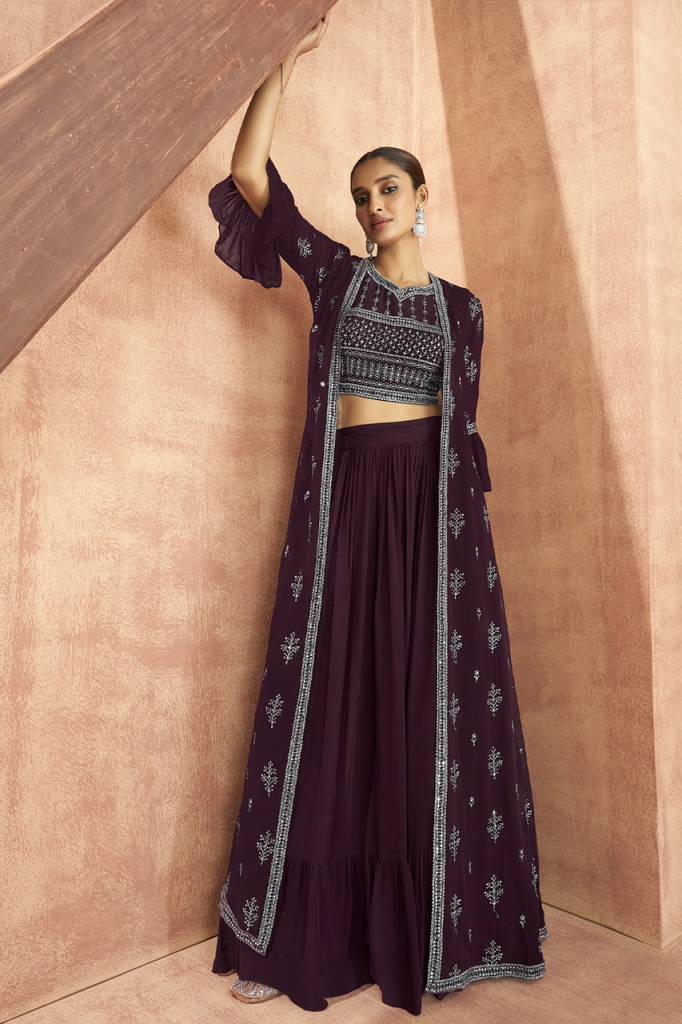
The sharara suit features a flared, wide-legged pant called a sharara paired with a kurta and dupatta. It originated from the Mughal era and is known for its regal and feminine appeal.
These are just a few examples of traditional Indian suits, and there are many more regional variations and styles. The choice of suit depends on personal preferences, occasion, and regional cultural influences.
Why are Indian Suit's So Expensive?
1. Quality of Materials:
One of the primary factors that contribute to the higher cost of traditional Indian suits is the exceptional quality of materials used. Indian textiles are renowned for their richness and diversity. Fabrics such as silk, brocade, chiffon, georgette, and intricate handwoven textiles like Banarasi, Kanjeevaram, and Chanderi are often incorporated into these suits. These materials are often sourced from specialized regions in India, known for their expertise in textile production. The superior quality of these fabrics enhances the overall look and feel of the garments, but it also increases their price due to the rarity and meticulous craftsmanship involved in their production.
2. Intricate Embroidery and Embellishments:
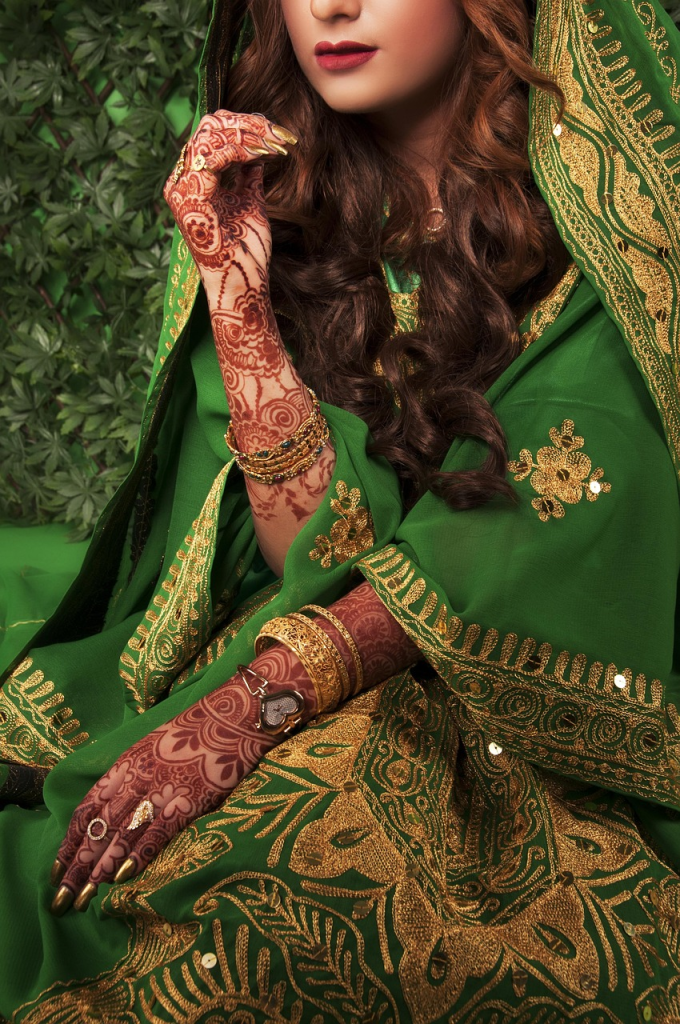
Traditional Indian suits are known for their exquisite embroidery and embellishments, which add a touch of opulence and elegance. Techniques like zardozi, gota patti, resham, mirror work, and intricate threadwork are often employed to create stunning patterns and designs. These intricate embellishments require skilled artisans who invest hours of meticulous handiwork into each garment. The expertise, time, and attention to detail involved in the embroidery significantly contribute to the overall cost of traditional Indian suits.
3. Handcrafted Artistry:
The art of handcrafting traditional Indian suits is a labor-intensive process that involves skilled artisans who have honed their craftsmanship over generations. Techniques like hand block printing, handloom weaving, and hand-dyeing are often employed to create unique and vibrant designs. Each piece is crafted with precision, resulting in a one-of-a-kind masterpiece. The intricate handwork, passed down through generations, adds to the exclusivity and value of these garments.
4. Design and Customization:
Traditional Indian suits offer a wide range of design options, from classic and understated to bold and avant-garde. Designers and artisans carefully curate patterns, colors, and motifs to reflect the cultural heritage and aesthetics of various regions in India. The level of customization available in traditional Indian suits allows for personalized creations, often tailored to individual preferences. This attention to detail and the ability to create unique pieces contribute to their higher price point.
5. Heritage and Cultural Significance:
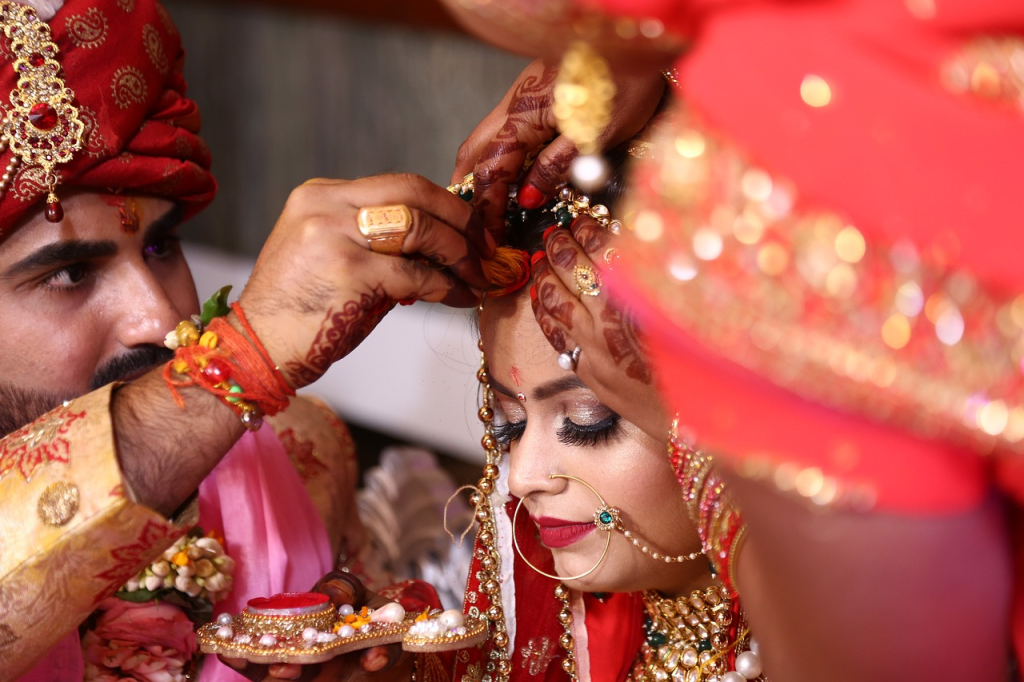
Traditional Indian suits are not merely garments; they embody centuries of rich heritage and cultural significance. They carry with them the stories, traditions, and artistry of different regions in India. The value placed on these garments is a reflection of the historical and cultural importance they hold, making them highly sought-after by collectors, connoisseurs, and those who appreciate the cultural significance of these creations.
Conclusion:
The higher price of traditional Indian suits can be attributed to a combination of factors, including the quality of materials, intricate embroidery, handcrafted artistry, design customization, and their heritage value. These factors collectively contribute to the allure, exclusivity, and meticulous craftsmanship that make traditional Indian suits so captivating and coveted. While they may require a larger investment, these garments are not just clothing; they are pieces of wearable art that celebrate the rich cultural heritage of India.


